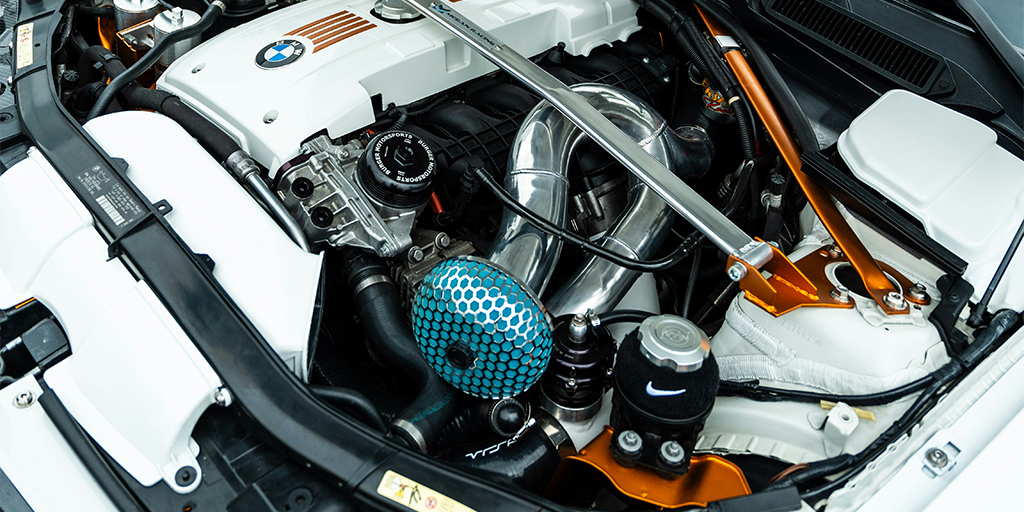Introduction
The intake system is a critical component in any internal combustion engine, including pickup trucks, performance car, such as BMW. Its primary function is to deliver clean, oxygen-rich air to the engine for efficient combustion. A well-designed intake system enhances performance, fuel efficiency, and engine longevity. Below, we break down its key functions, material considerations (focusing on aluminum), and optimization strategies.
Key Functions of a Pickup Truck Intake System
- Air Delivery & Combustion Efficiency
- Supplies oxygen to mix with fuel, enabling combustion.
- Optimized airflow improves power output and fuel economy.
- Air Filtration
- Removes dust and debris via an air filter, protecting the engine from wear.
- Temperature Control
- Cold air intakes (CAIs) draw cooler, denser air from outside the engine bay, boosting power.
- Forced Induction Support (Turbo/Supercharger)
- Delivers compressed air to the engine, increasing power (with intercooler piping for cooling).
- Noise Management
- OEM systems reduce noise with resonators; aftermarket intakes may enhance engine sound.
- Throttle Response & Performance
- Smoother airflow improves responsiveness; aftermarket upgrades (e.g., aluminum pipes) increase horsepower.
- Emissions Compliance
- Works with sensors (MAF, PCV) to maintain clean air-fuel ratios and reduce emissions.
Pickup-Specific Considerations
- Towing/Hauling: High-flow intakes support heavy loads.
- Off-Roading: Water-resistant or pre-filter systems handle dust/mud.
- Diesel vs. Gasoline: Diesel intakes often include turbochargers and intercoolers.
Aluminum Intake Pipes: Pros, Cons, and Alternatives
Why Choose Aluminum?
✅ Lightweight & Durable – Stronger than plastic, lighter than steel.✅ Heat Dissipation – Resists heat soak better than plastic (especially when coated or wrapped).✅ Smooth Airflow – Rigid design prevents collapse; polished interiors reduce turbulence.✅ Customization – Easily welded or bent for performance setups.
Drawbacks
❌ Heat Soak Risk – Uncoated aluminum absorbs engine heat; insulation recommended.❌ Cost – More expensive than plastic/rubber OEM parts.❌ Condensation – May form moisture in humid climates.
Material Comparison
| Material | Best For | Worst For |
| Aluminum | Turbo builds, custom setups | Budget builds, extreme heat |
| Silicone | Flexible connections | High-boost applications |
| Plastic | OEM replacements, cost savings | Performance upgrades |
Powder Coating Aluminum Intakes: Is It Necessary?
Benefits
- Heat Resistance – Reduces heat transfer vs. bare metal.
- Corrosion Protection – Guards against moisture and salt.
- Aesthetics – Offers a durable, customizable finish.
When to Skip It
- If the pipe is anodized or used with a heat shield.
- For short-term/track use where appearance doesn’t matter.
Alternatives
- Ceramic Coating – Superior heat resistance.
- Anodizing – Corrosion protection with a metallic finish.
- Heat Wrap – Budget-friendly thermal insulation.
Final Recommendations
- For Performance: Aluminum intakes with ceramic coating or heat wrap.
- For Budget Builds: High-flow plastic/silicone systems.
- For Off-Road/Daily Use: Powder-coated aluminum with a pre-filter.
By selecting the right materials and upgrades, you can tailor your intake system for power, efficiency, and durability. Need model-specific advice? Ask away!




Leave a Comment